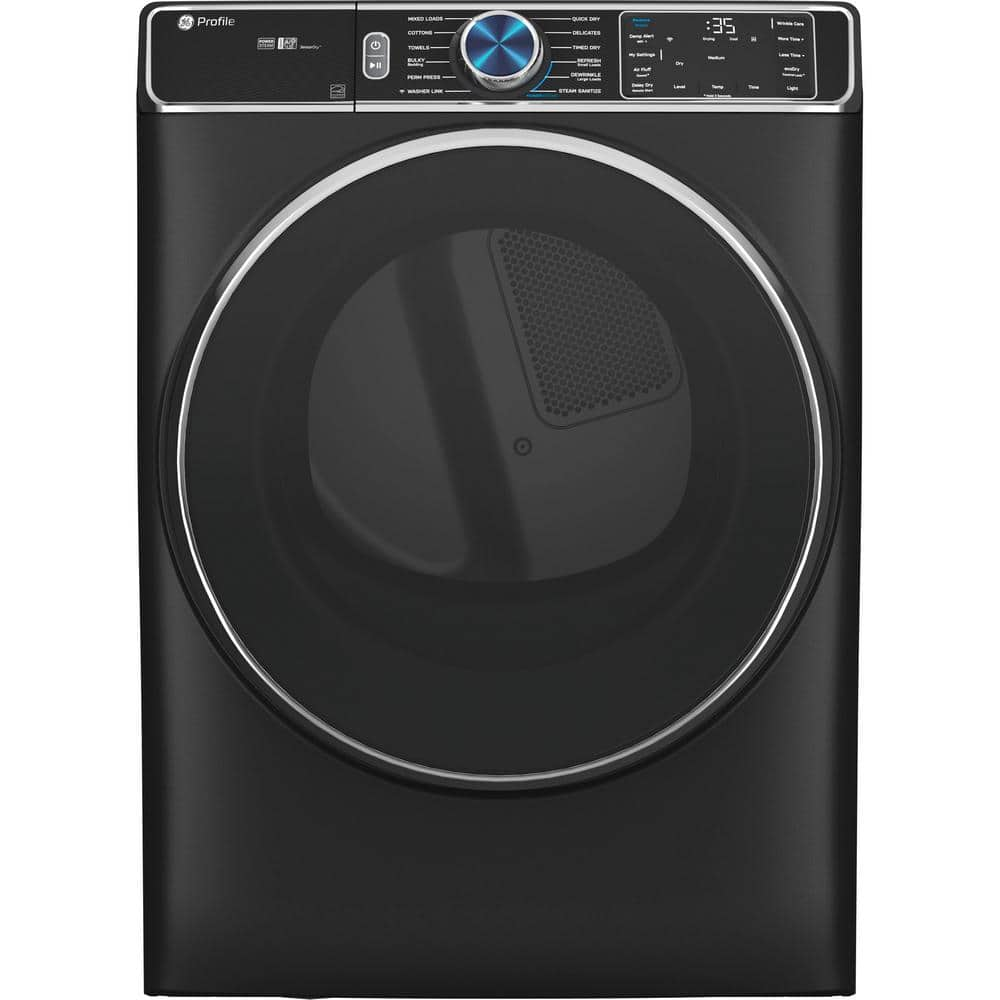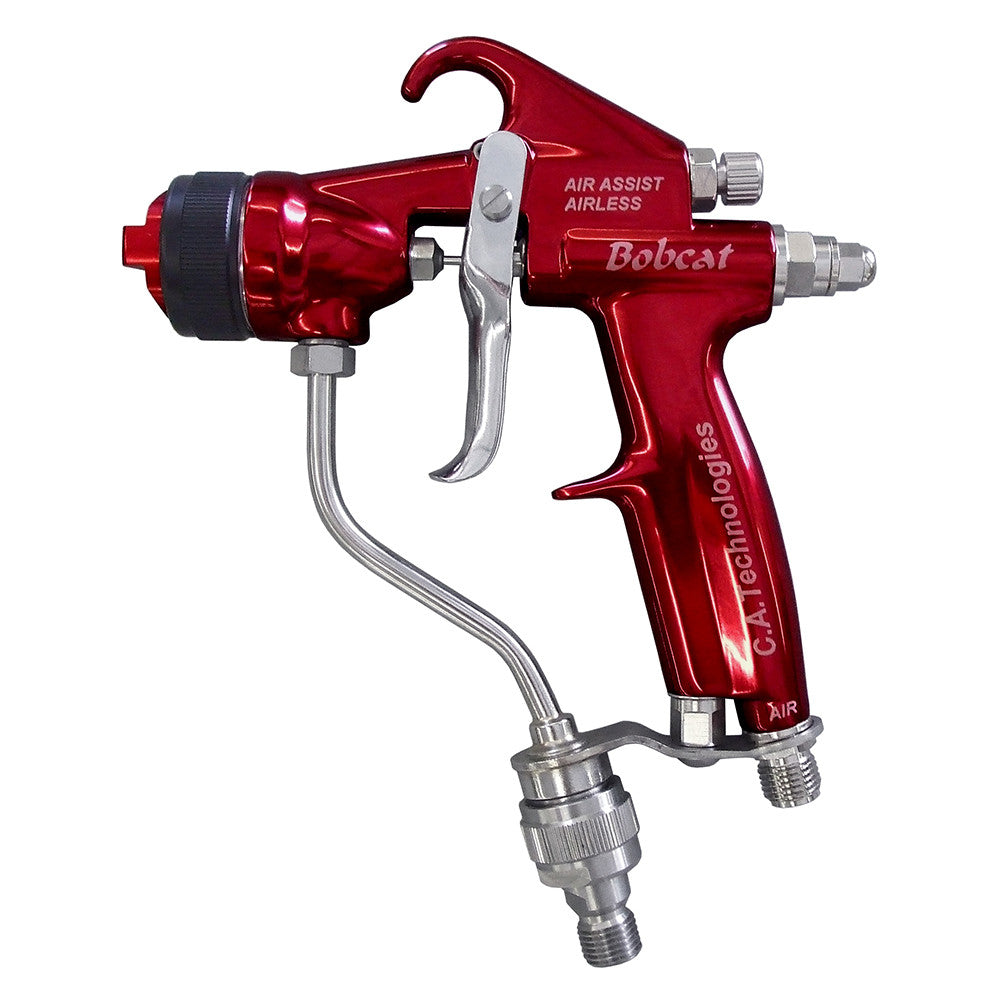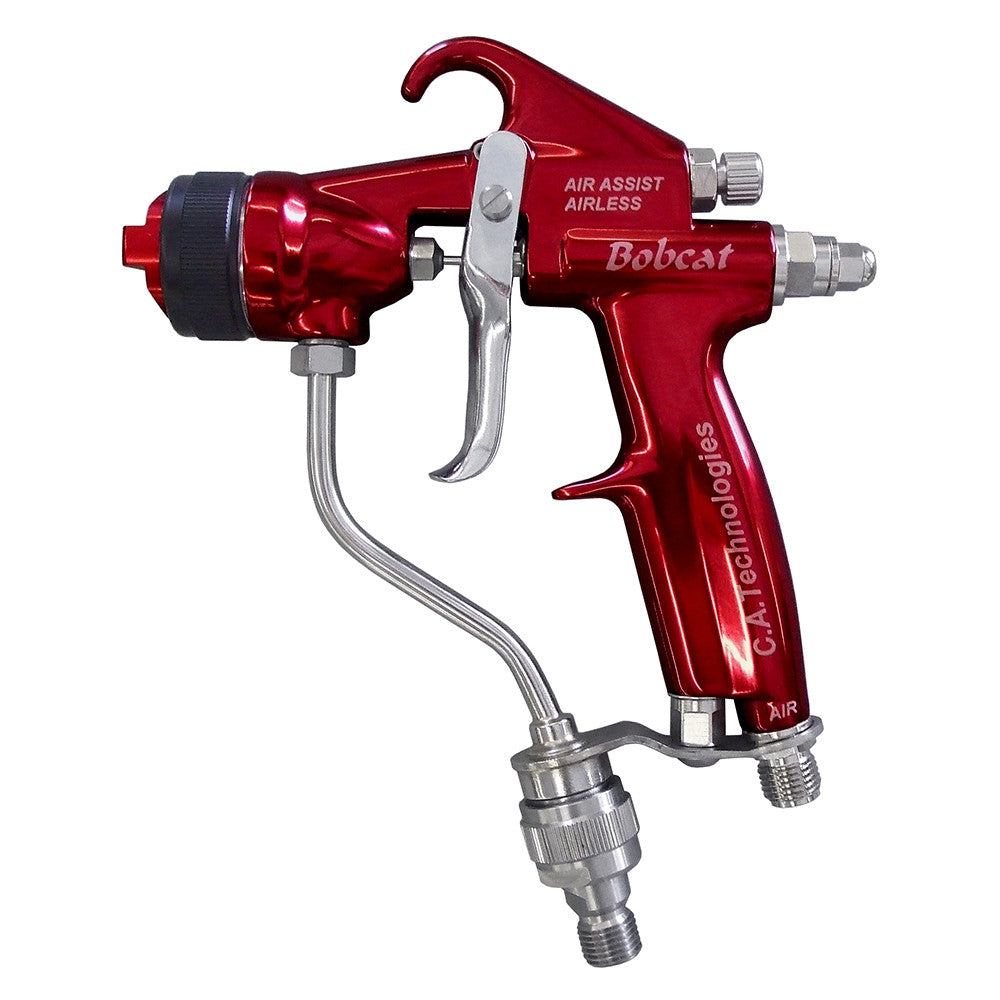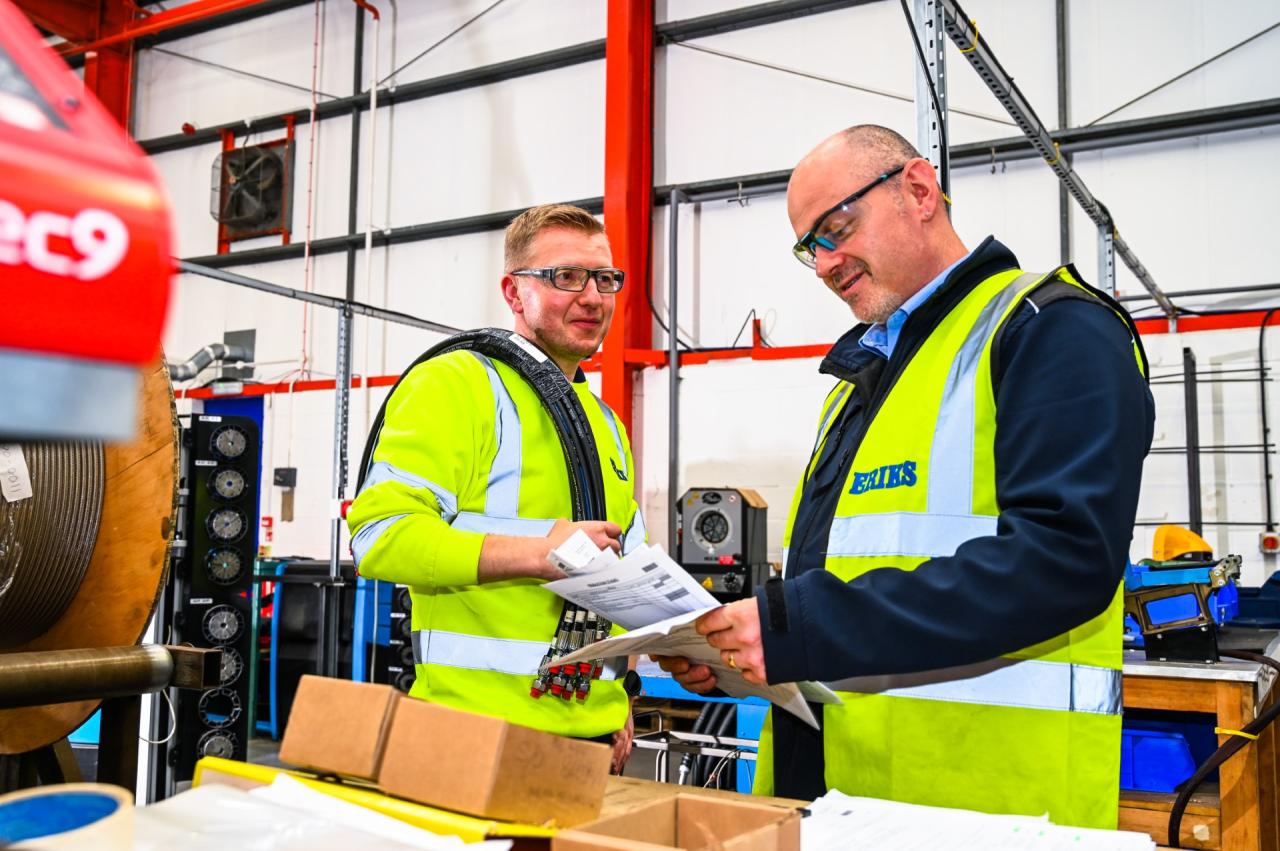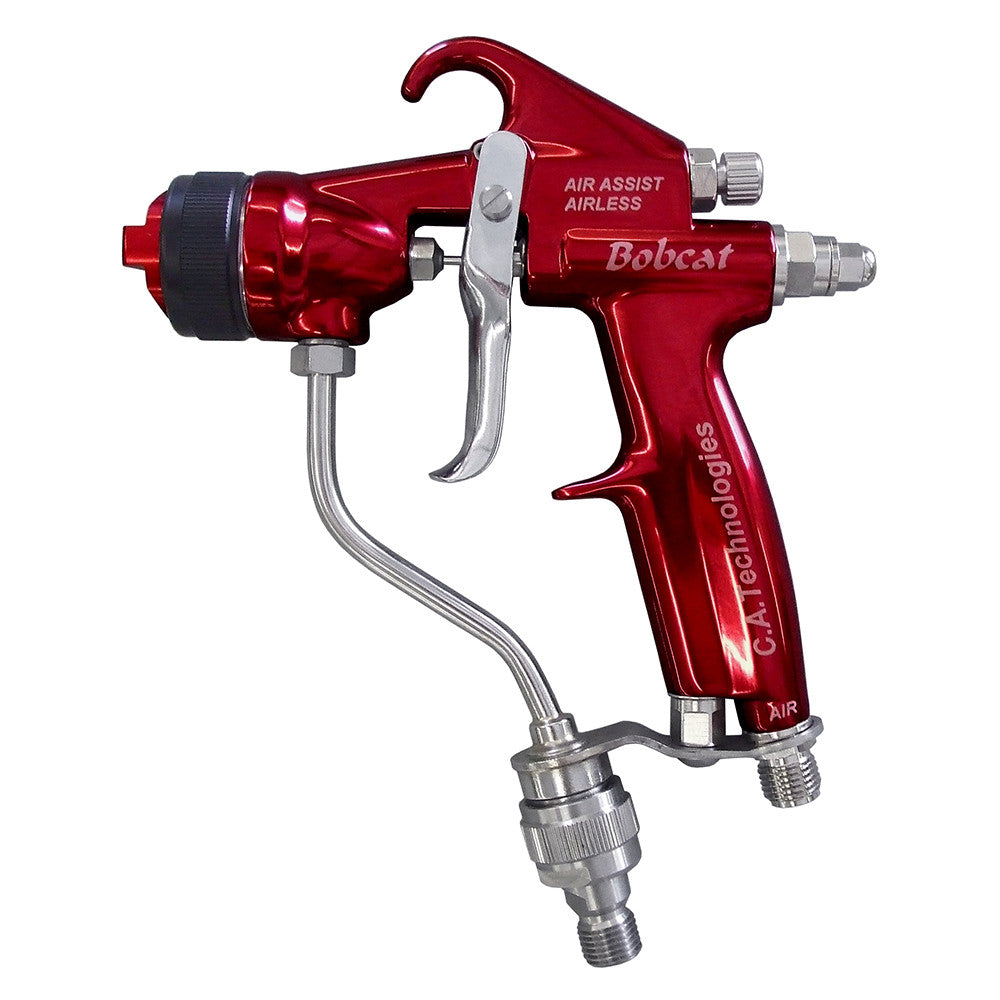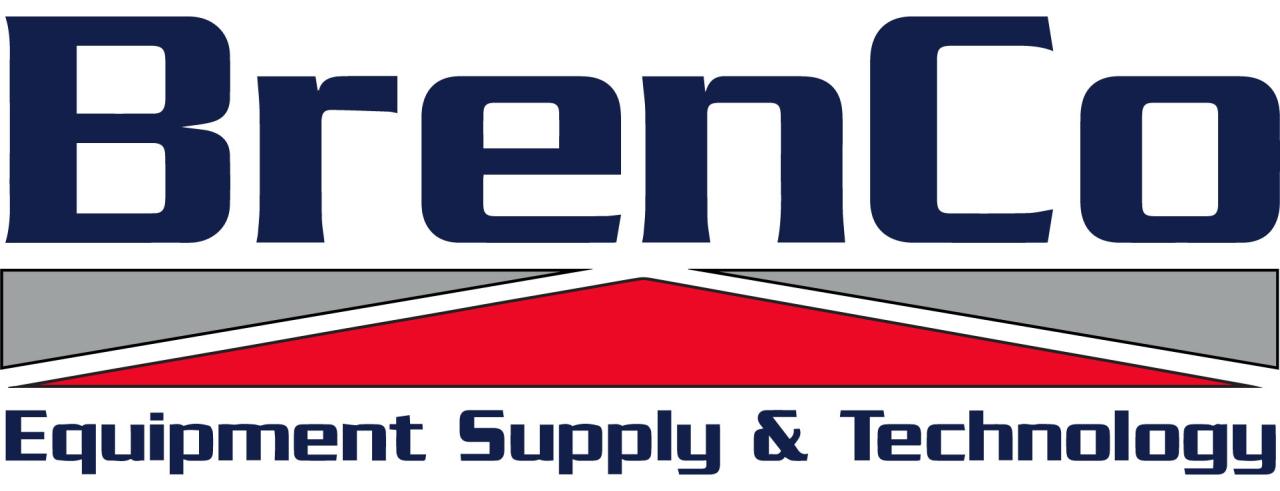Silent Air Technology Compressors: A Quiet Revolution
Silent air technology compressors have revolutionized the way we think about air compression. Traditional air compressors, known for their loud and disruptive noise, often posed a significant challenge in noise […]
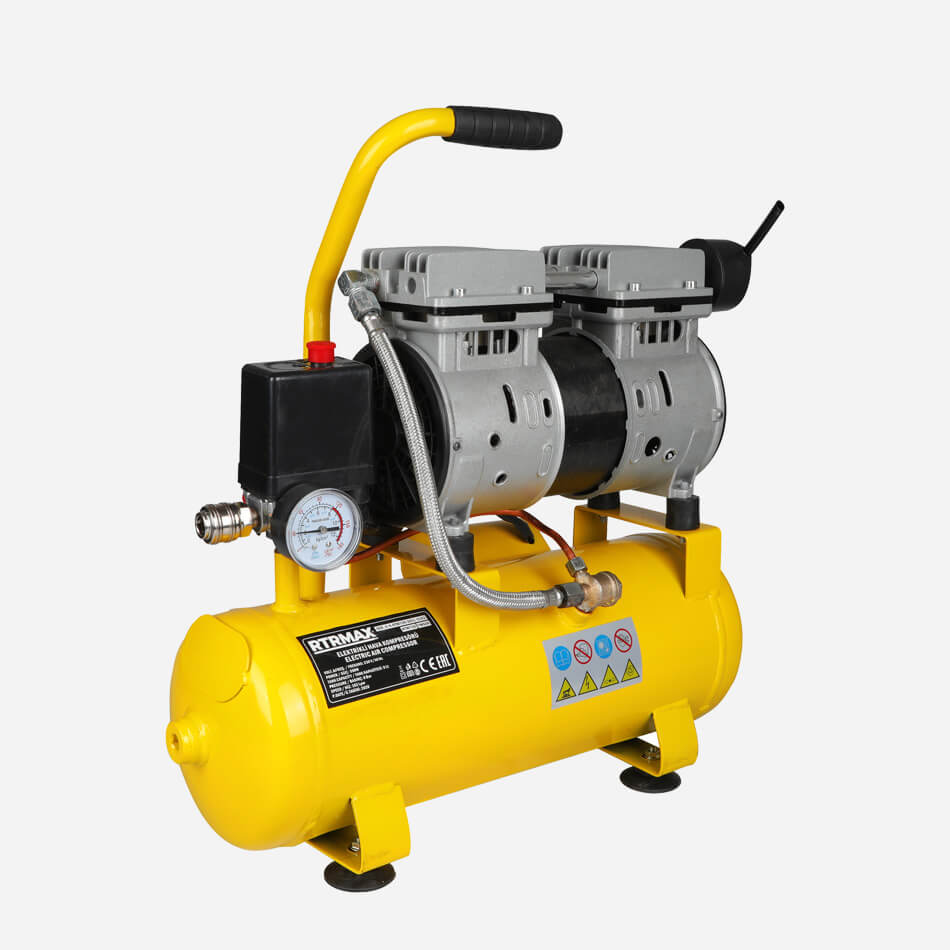
Silent air technology compressors have revolutionized the way we think about air compression. Traditional air compressors, known for their loud and disruptive noise, often posed a significant challenge in noise pollution and environmental impact. Silent air technology compressors address these challenges by employing innovative design principles and advanced silencing systems, offering a quieter and more sustainable alternative.
These compressors operate on the principle of reducing noise through careful design and engineering. Key components, such as the compressor, the silencing system, and the air delivery system, work together to minimize noise levels while efficiently delivering compressed air. The silencing system often incorporates sound-absorbing materials and strategically designed air passages to effectively dampen the noise generated during compression.
Types of Silent Air Technology Compressors
Silent air technology compressors are designed to minimize noise levels during operation, making them ideal for use in noise-sensitive environments. These compressors utilize various design features and operating principles to achieve quiet operation, offering a range of options for different applications.
Types of Silent Air Technology Compressors
Silent air technology compressors can be broadly categorized based on their design and operating principles. Here are some of the most common types:
Rotary Screw Compressors
Rotary screw compressors are known for their efficiency and quiet operation. They feature two intermeshing screws that compress air as it flows between them. These compressors are typically oil-flooded, meaning that oil is used to lubricate the screws and cool the compressed air. Oil-free rotary screw compressors are also available, which use a dry running design to eliminate the need for oil lubrication.
- Advantages:
- High efficiency and low operating costs
- Quiet operation, especially with sound-dampening enclosures
- Long service life and reliability
- Wide range of flow rates and pressure options
- Disadvantages:
- Higher initial cost compared to other types
- Oil-flooded models require regular oil changes and maintenance
Examples:
* Atlas Copco GA Series: Widely used in industrial applications for their quiet operation and reliability.
* Ingersoll Rand R Series: Known for their high efficiency and energy savings.
Scroll Compressors
Scroll compressors use two spiral-shaped scrolls that rotate against each other to compress air. As the scrolls rotate, the air is trapped between them and compressed. Scroll compressors are generally quieter than piston compressors and are well-suited for smaller applications.
- Advantages:
- Quiet operation due to the smooth, rolling motion of the scrolls
- Compact size and lightweight design
- Lower maintenance requirements compared to piston compressors
- Suitable for applications with moderate air flow requirements
- Disadvantages:
- Lower efficiency compared to rotary screw compressors
- Limited capacity compared to other types
Examples:
* Hitachi Scroll Compressors: Popular for their quiet operation and reliability in HVAC applications.
* Mitsubishi Electric Scroll Compressors: Known for their high efficiency and energy savings.
Piston Compressors
Piston compressors use a reciprocating piston to compress air. The piston moves back and forth in a cylinder, drawing air in on the intake stroke and compressing it on the compression stroke. While piston compressors are generally less efficient and quieter than rotary screw or scroll compressors, they can be a cost-effective option for smaller applications.
- Advantages:
- Lower initial cost compared to other types
- Wide range of sizes and capacities available
- Disadvantages:
- Noisier operation compared to other types
- Lower efficiency and higher operating costs
- Higher maintenance requirements
Examples:
* Campbell Hausfeld Quiet Series: Designed for residential and light industrial applications.
* Senco Quiet Series: Known for their quiet operation and portability.
Diaphragm Compressors
Diaphragm compressors use a flexible diaphragm to compress air. The diaphragm is moved back and forth by a motor, drawing air in on the intake stroke and compressing it on the compression stroke. Diaphragm compressors are known for their quiet operation and are often used in applications where oil-free air is required.
- Advantages:
- Quiet operation due to the absence of moving parts that generate noise
- Oil-free design, providing clean, contaminant-free air
- Suitable for applications requiring small air flow rates
- Disadvantages:
- Lower efficiency compared to other types
- Limited capacity compared to other types
- Higher initial cost compared to piston compressors
Examples:
* Ingersoll Rand Diaphragm Compressors: Used in medical and dental applications where oil-free air is required.
* Gast Diaphragm Compressors: Known for their quiet operation and reliability in laboratory and analytical applications.
Applications of Silent Air Technology Compressors
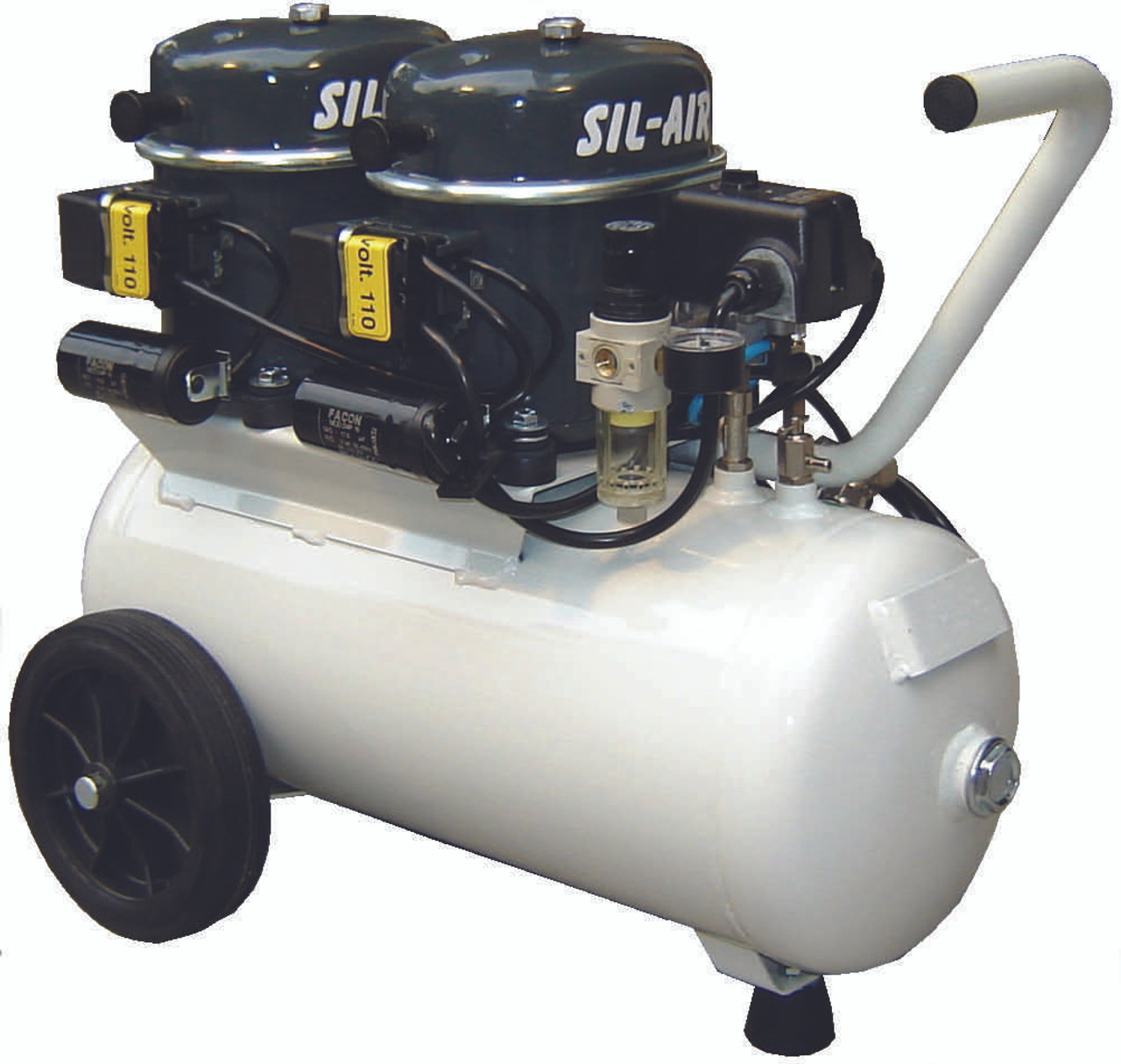
Silent air technology compressors are employed in a wide range of industries and sectors due to their unique advantages, including noise reduction, energy efficiency, and reliability. These compressors are specifically designed to minimize noise levels, making them suitable for applications where noise pollution is a concern.
Industrial Applications
Silent air technology compressors are widely used in various industrial applications, contributing to a quieter and more efficient work environment.
- Manufacturing: These compressors are essential in manufacturing facilities for powering pneumatic tools, machinery, and processes. Their silent operation ensures minimal disruption to workers and surrounding areas, enhancing productivity and workplace comfort.
- Food and Beverage: In food and beverage production, silent air compressors are crucial for maintaining sanitary conditions. They power equipment used for packaging, bottling, and conveying, ensuring minimal noise pollution in sensitive environments.
- Pharmaceuticals: Silent air compressors are ideal for pharmaceutical manufacturing, where noise control is critical for maintaining sterile environments and protecting sensitive processes.
- Construction: Construction sites often require compressed air for various tasks, and silent air technology compressors minimize noise pollution, reducing disturbance to nearby communities and improving worker well-being.
Commercial Applications
Silent air technology compressors are increasingly used in commercial settings where noise reduction is essential for customer comfort and business operations.
- Retail: In retail environments, silent air compressors power pneumatic doors, air curtains, and other equipment, ensuring a quiet and pleasant shopping experience for customers.
- Hospitality: Hotels, restaurants, and other hospitality venues utilize silent air compressors for HVAC systems, air conditioning, and other applications, minimizing noise disturbance for guests.
- Healthcare: Hospitals and healthcare facilities rely on silent air compressors for medical equipment, such as ventilators, oxygen concentrators, and surgical tools, ensuring a quiet and comfortable environment for patients and staff.
Other Applications, Silent air technology compressor
Silent air technology compressors find diverse applications beyond industrial and commercial settings.
- Research and Development: In research laboratories and development facilities, silent air compressors are essential for powering sensitive equipment, ensuring minimal noise interference with experiments and data collection.
- Education: Educational institutions, particularly those with sensitive learning environments, utilize silent air compressors for HVAC systems, science labs, and other applications, ensuring a quiet and conducive learning atmosphere.
- Residential: Silent air compressors are increasingly used in residential settings for powering home workshops, air tools, and other applications, minimizing noise disturbance for neighbors and household members.
| Application | Industry | Benefits |
|---|---|---|
| Pneumatic tools | Manufacturing, Construction | Reduced noise pollution, improved worker productivity, enhanced workplace safety |
| HVAC Systems | Commercial, Hospitality, Residential | Quiet operation, improved indoor air quality, reduced energy consumption |
| Medical Equipment | Healthcare | Noise reduction in sensitive environments, improved patient comfort, enhanced staff productivity |
| Packaging and Bottling | Food and Beverage | Minimized noise pollution, maintained sanitary conditions, improved product quality |
| Research Equipment | Research and Development | Quiet operation, reduced noise interference with experiments, enhanced data accuracy |
Summary

Silent air technology compressors offer a compelling solution for a wide range of applications, from industrial settings to healthcare facilities and residential spaces. Their ability to operate quietly while maintaining high performance makes them an ideal choice for environments where noise reduction is a priority. As technology continues to advance, we can expect to see even more innovative and efficient silent air technology compressors in the future, further reducing noise pollution and promoting sustainability.
Silent air technology compressors are becoming increasingly popular for their quiet operation, making them ideal for residential and commercial applications. When choosing a silent air technology compressor, it’s important to consider the specific needs of your project, such as the required air pressure and flow rate.
If you’re looking for a luxury SUV with advanced technology features, the 2024 Acura MDX Technology Package vs Advance Package comparison can help you decide which option is right for you. Ultimately, the choice between a silent air technology compressor and a specific car model depends on your individual priorities and requirements.
